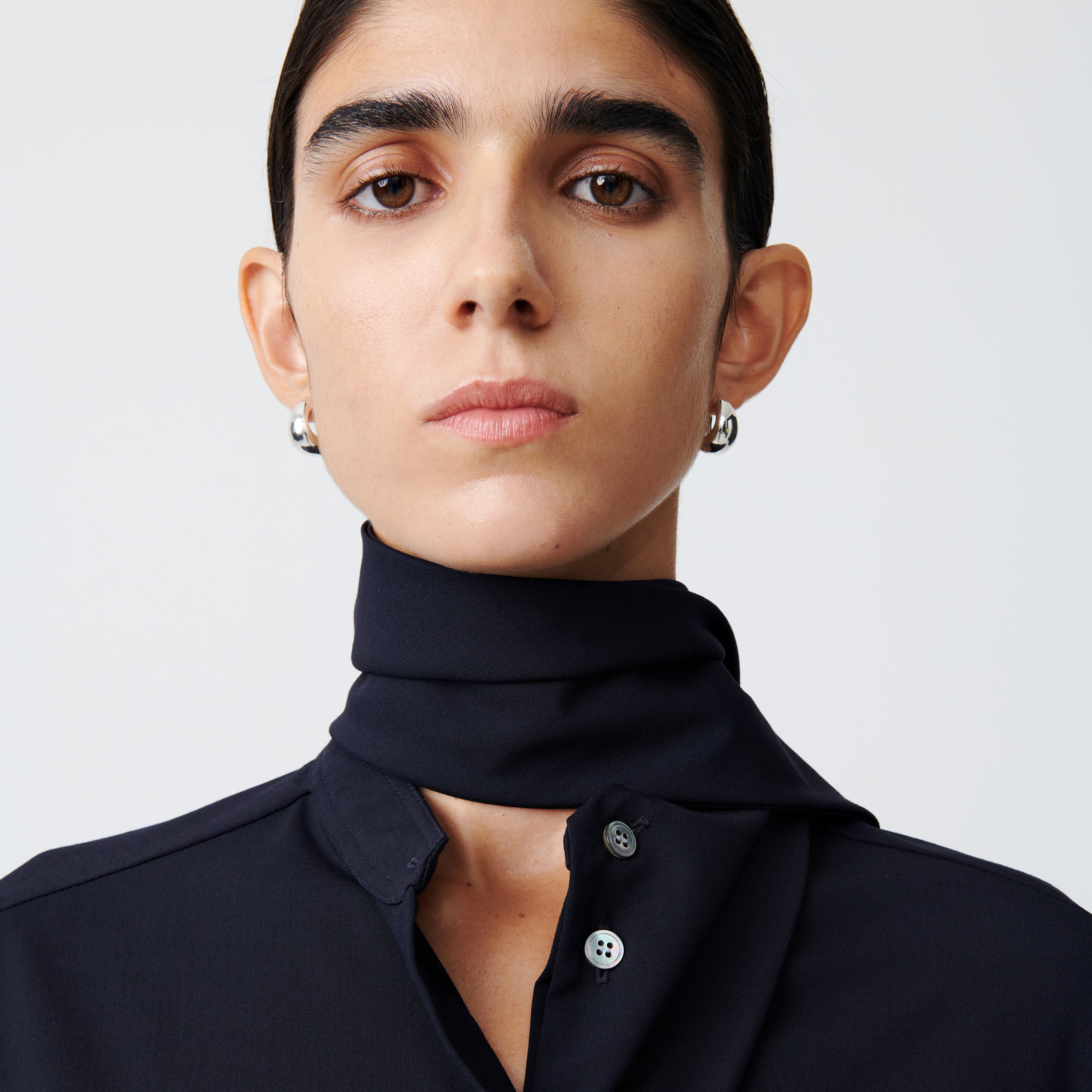Once the throes of puberty were behind me, I always presumed I’d develop some kind of womanly waistline, but at 42, I’m still waiting. Living life as a rectangle has it’s high points - I embrace my inner tomboy by always wearing men’s jeans, and I can still fit into the sweatshirts I was using for P.E. at school. Issues only arise when I need to ‘dress up’, or look ‘feminine’ for a formal occasion, and it’s then that my lack of discernable curves poses a sartorial problem.
Fashion historians have harped on for years about how we can tell a lot about the state of the economy by looking at women’s skirt lengths, but expanding (or diminishing) waists are seen as a reflection of our attitude towards health. Muffin tops, love handles or gunts are all classed as crimes against the midriff, and (apparently) signal a loss of control in the confectionary aisle at the supermarket. If we chart fashion’s relationship with the female waist over the past few centuries, it’s rare to find an era when a Scarlett O’Hara-style-16incher wasn’t something to work towards.
The Georgians were hooked on the empire line seam, which made it easy to hide their daily diet of bread and gin under swathes of fabric. Fast forward to the flapper styles of the so-called ‘roaring’ 1920s, when dropped waists gave women the freedom to get drunk, have sex and dance to jazz. When mass production and polyester hit the 1960s, women of all shapes and sizes strolled the streets in pointy bras and tubular shift dresses. But aside from these notable waist-free dalliances, the past few centuries have been awash with women displacing vital bodily organs in the name of fashion.
Corsets have been knocking about since the ancient Greeks decided that small waistlines were symbolic of high social status. Ever since then, women began squeezing themselves into contraptions made of whalebone, wood and (thanks to the Victorians) steel in order to achieve the perfect hourglass figure. The guarantee of severe physical deformity and the risk of death didn’t deter the fashion conscious, who happily removed ribs in order to feel more attractive to the opposite sex.
The shapes we wear will always reflect the current cultural climate, as well as being a representation of our taste and lifestyle. Thankfully these days, we’re not so enamoured with the use of aristocratic torture devices (Napoleon called corsets “the murderer of the human race”), and we’re able to embrace the waist more naturally. The Tulio Top from SS17 gently draws attention to what is generally deemed as the smallest part of the body, and provides a hint of laid-back sensuality, even in a modern, androgynous wardrobe.
LC
Shop the Tulio Shirt




